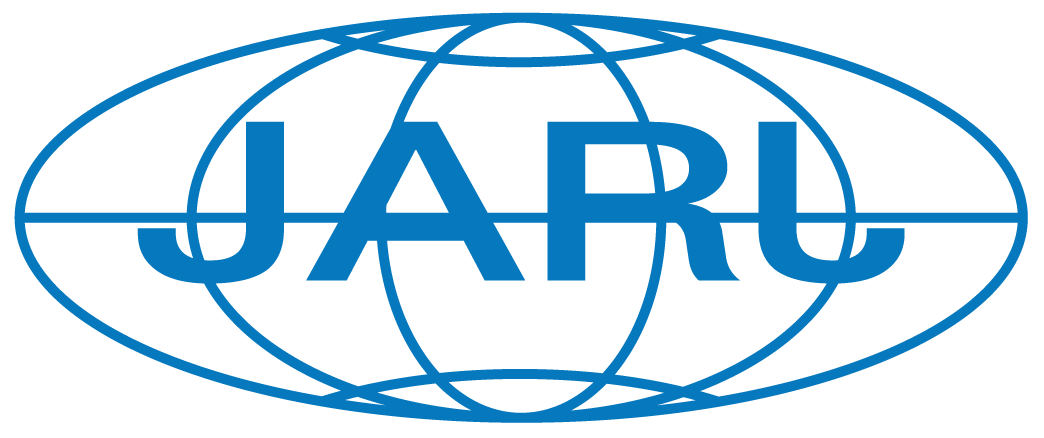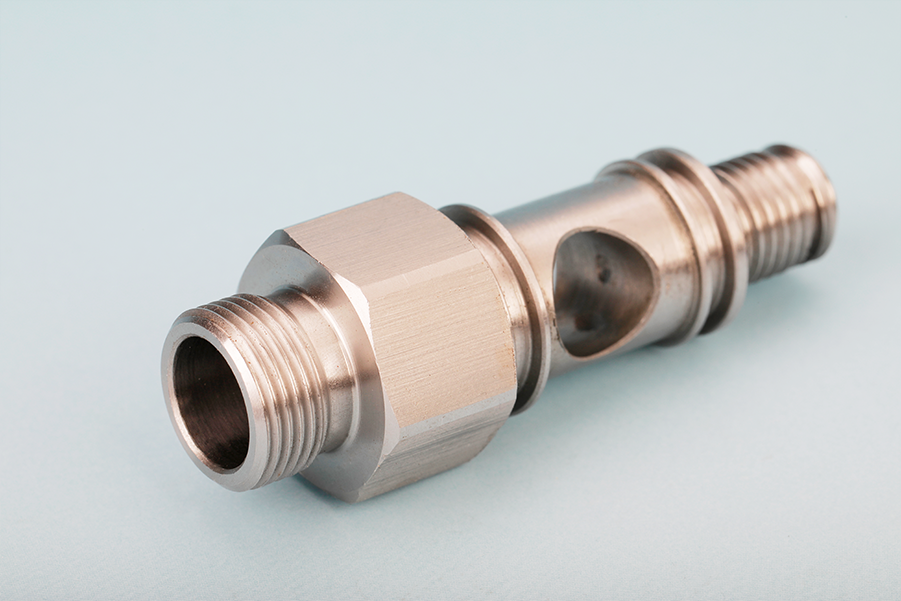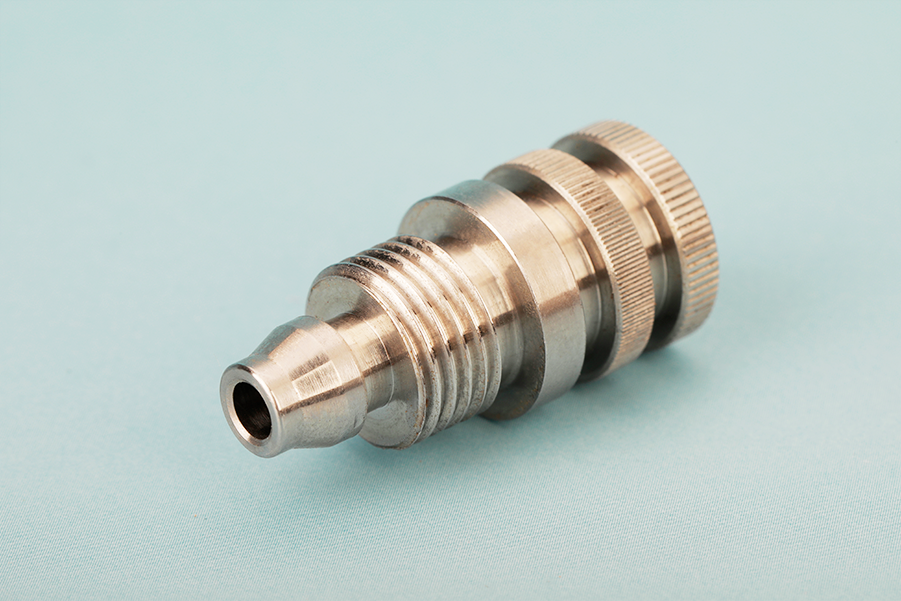The Essential Guide to Turned Precision Parts in Manufacturing
Release Time:
Jul 23,2025
In the realm of manufacturing, especially in mechanical hardware and component processing, "turned precision parts" play a pivotal role. These components are produced through a machining process known as turning, which involves rotating a workpiece against a cutting tool. This method is particularly effective for creating cylindrical shapes and complex geometries with high accuracy and excellent s
In the realm of manufacturing, especially in mechanical hardware and component processing, "turned precision parts" play a pivotal role. These components are produced through a machining process known as turning, which involves rotating a workpiece against a cutting tool. This method is particularly effective for creating cylindrical shapes and complex geometries with high accuracy and excellent surface finish.
One of the primary advantages of turned precision parts is their ability to meet stringent tolerances. In industries where precision is paramount, such as aerospace, automotive, and medical devices, the ability to manufacture parts that adhere to exact specifications is crucial. Turning allows for the production of parts with tolerances that can often be within a thousandth of an inch, making it ideal for applications where even the slightest deviation can lead to failure.
The process of turning can be performed on various materials, including metals, plastics, and composites. This versatility allows manufacturers to cater to a wide range of industries and applications. Common materials used in the production of turned precision parts include stainless steel, aluminum, brass, and titanium. Each material presents unique challenges and advantages, influencing the choice of machining parameters and tooling.
Moreover, the efficiency of the turning process cannot be overlooked. Advanced CNC (Computer Numerical Control) turning machines have revolutionized the way these parts are manufactured. CNC technology allows for automated and precise control of the machining process, resulting in high throughput and reduced lead times. This is particularly important in a competitive market where time-to-market is critical.
In addition to efficiency, the cost-effectiveness of turned precision parts makes them an attractive option for manufacturers. While the initial setup and tooling costs can be significant, the longevity and repeatability of the turning process lead to lower overall production costs in the long run. Furthermore, outsourcing turned precision parts to specialized manufacturers can provide companies with access to advanced technologies and expertise without the need for substantial capital investment.
Applications of turned precision parts are vast. They can be found in various products ranging from simple fasteners to complex assemblies in high-tech machinery. In automotive applications, they may serve as axle shafts, valve bodies, or engine components. In the medical field, turned parts are essential in the production of surgical instruments and implants.
In conclusion, turned precision parts are indispensable in modern manufacturing. Understanding the intricacies of the turning process, the materials involved, and their applications can provide businesses with a competitive edge in the manufacturing landscape. By focusing on quality and precision, manufacturers can ensure that the parts produced meet the demands of their respective industries, fostering innovation and growth.
One of the primary advantages of turned precision parts is their ability to meet stringent tolerances. In industries where precision is paramount, such as aerospace, automotive, and medical devices, the ability to manufacture parts that adhere to exact specifications is crucial. Turning allows for the production of parts with tolerances that can often be within a thousandth of an inch, making it ideal for applications where even the slightest deviation can lead to failure.
The process of turning can be performed on various materials, including metals, plastics, and composites. This versatility allows manufacturers to cater to a wide range of industries and applications. Common materials used in the production of turned precision parts include stainless steel, aluminum, brass, and titanium. Each material presents unique challenges and advantages, influencing the choice of machining parameters and tooling.
Moreover, the efficiency of the turning process cannot be overlooked. Advanced CNC (Computer Numerical Control) turning machines have revolutionized the way these parts are manufactured. CNC technology allows for automated and precise control of the machining process, resulting in high throughput and reduced lead times. This is particularly important in a competitive market where time-to-market is critical.
In addition to efficiency, the cost-effectiveness of turned precision parts makes them an attractive option for manufacturers. While the initial setup and tooling costs can be significant, the longevity and repeatability of the turning process lead to lower overall production costs in the long run. Furthermore, outsourcing turned precision parts to specialized manufacturers can provide companies with access to advanced technologies and expertise without the need for substantial capital investment.
Applications of turned precision parts are vast. They can be found in various products ranging from simple fasteners to complex assemblies in high-tech machinery. In automotive applications, they may serve as axle shafts, valve bodies, or engine components. In the medical field, turned parts are essential in the production of surgical instruments and implants.
In conclusion, turned precision parts are indispensable in modern manufacturing. Understanding the intricacies of the turning process, the materials involved, and their applications can provide businesses with a competitive edge in the manufacturing landscape. By focusing on quality and precision, manufacturers can ensure that the parts produced meet the demands of their respective industries, fostering innovation and growth.
Related content




